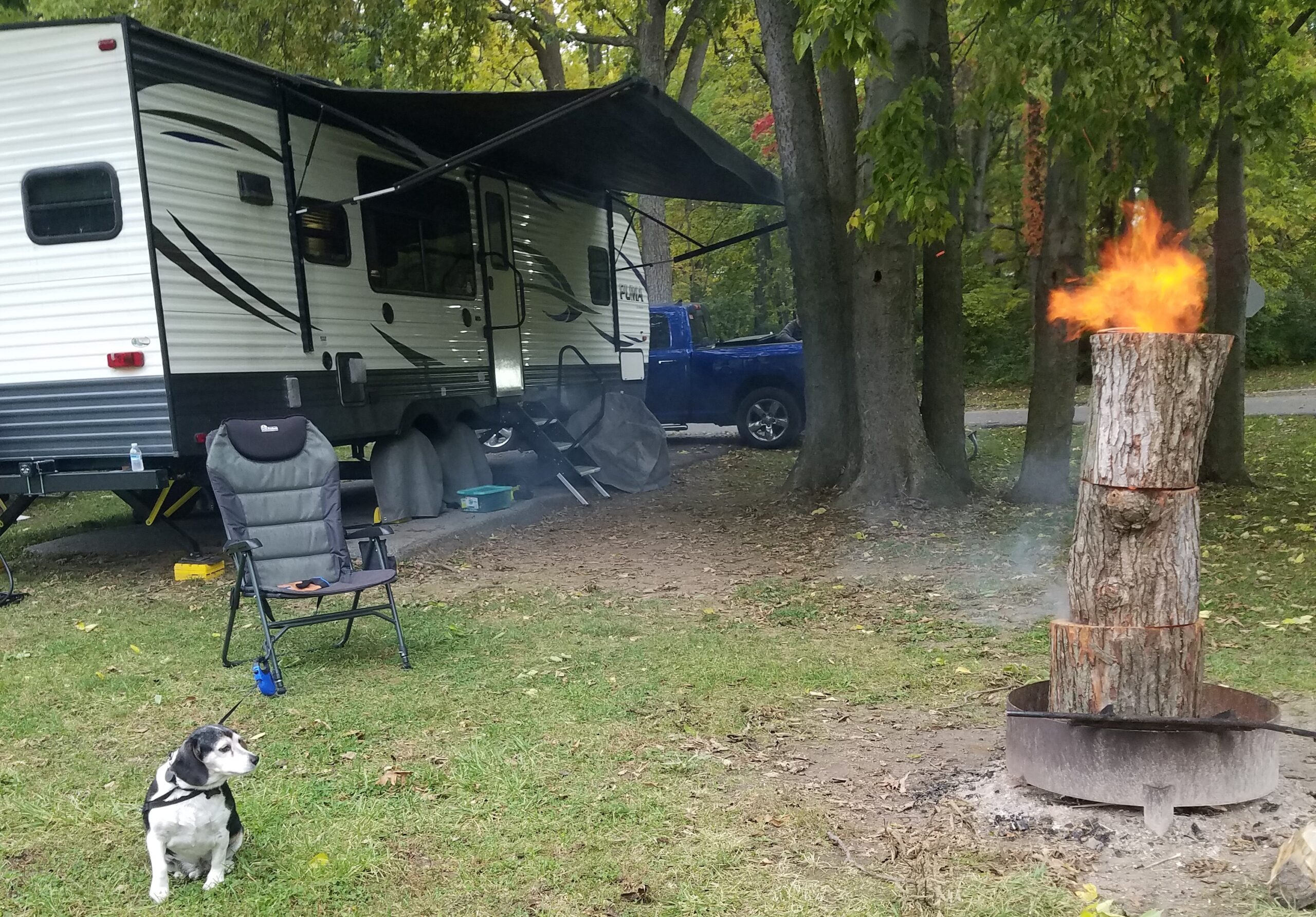
Category: Physics (Page 1 of 2)
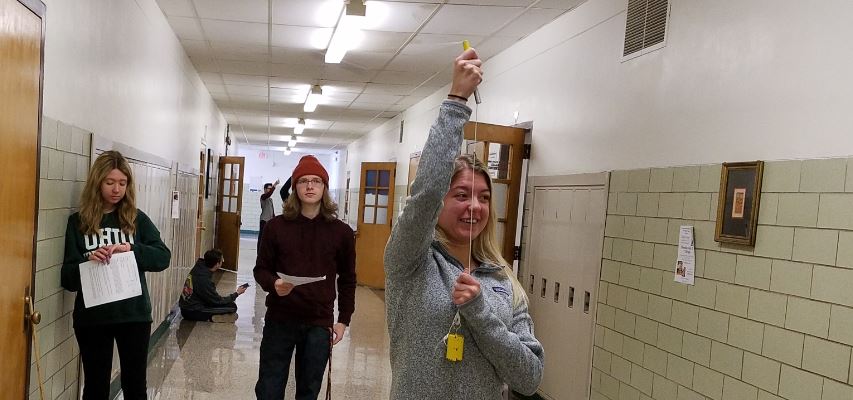
Major Problem in Physics Could Be Fixed if The Whole Universe Was Spinning
Earth rotates, the Sun rotates, the Milky Way rotates – and a new model suggests the entire Universe could be rotating. If confirmed, it could ease a significant tension in cosmology.
This could be a really big deal if it pans out. Nothing would change in anyone’s life, but it could explain phenomena that we can’t explain now.
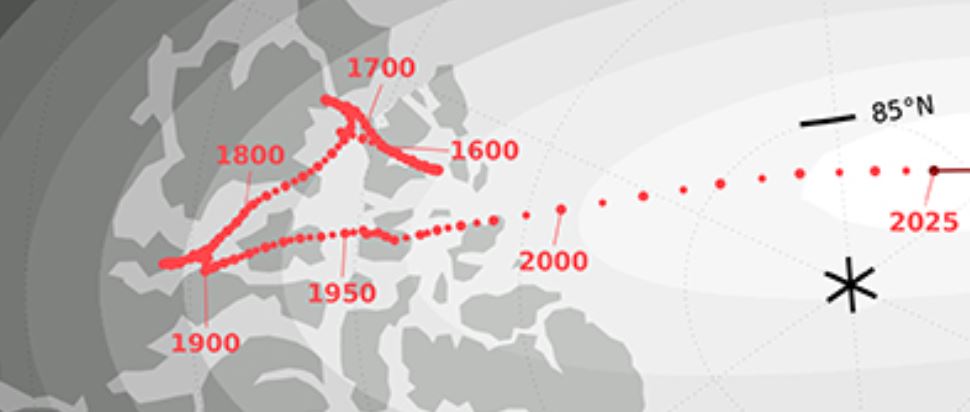
CNN: The North Pole is moving.
The needle on a compass rotates to line up with the magnetic poles of the Earth. Those poles move, and faster than you’d think. In the past few decades, the poles have been moving about 30 miles per year. On the scale of the entire Earth, that may not seem like much, but closer to the poles, it can be critical.
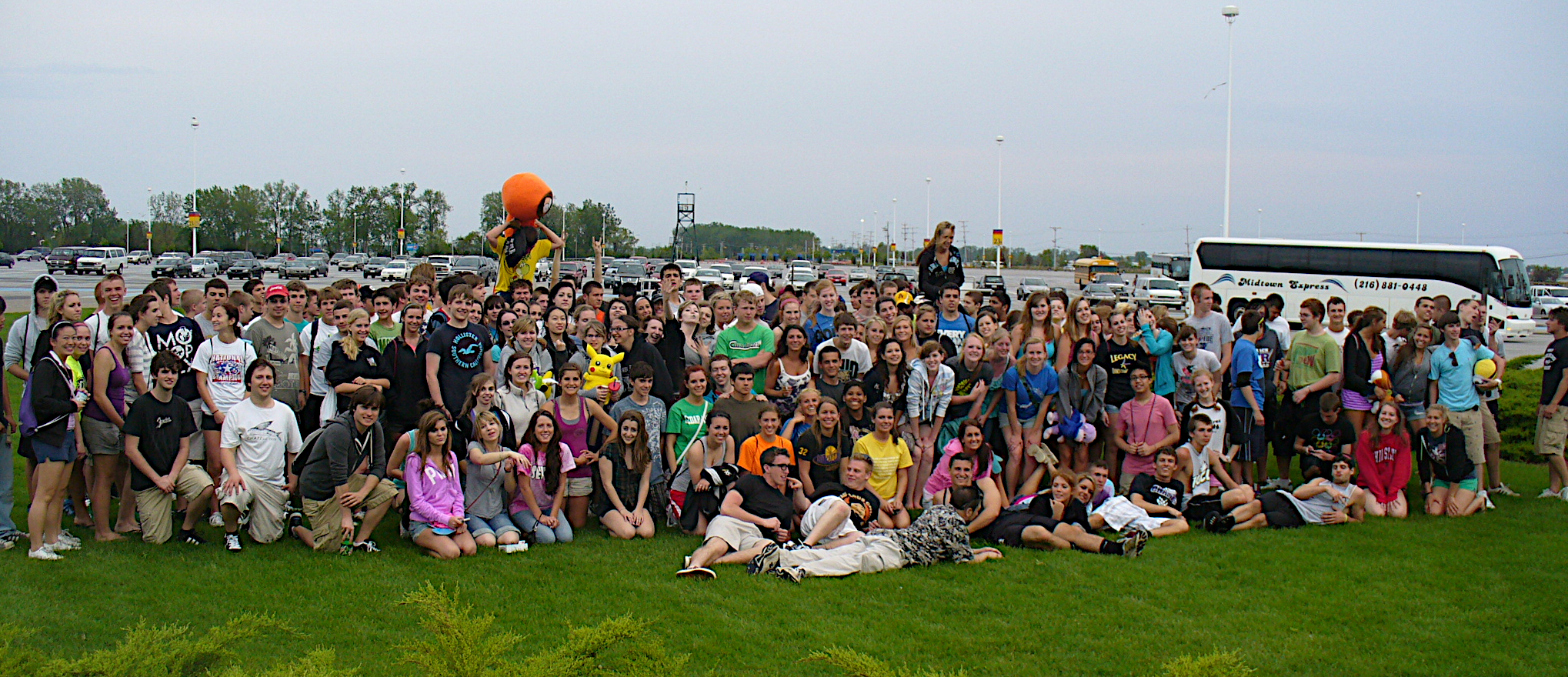
These are my students on our field trip to Cedar Point for Physics Day in 2011. They are all weird in their own way. I picked the year at random, because it doesn’t matter.
Bill Gates makes a good point about students being over diagnosed, labeled and medicated.
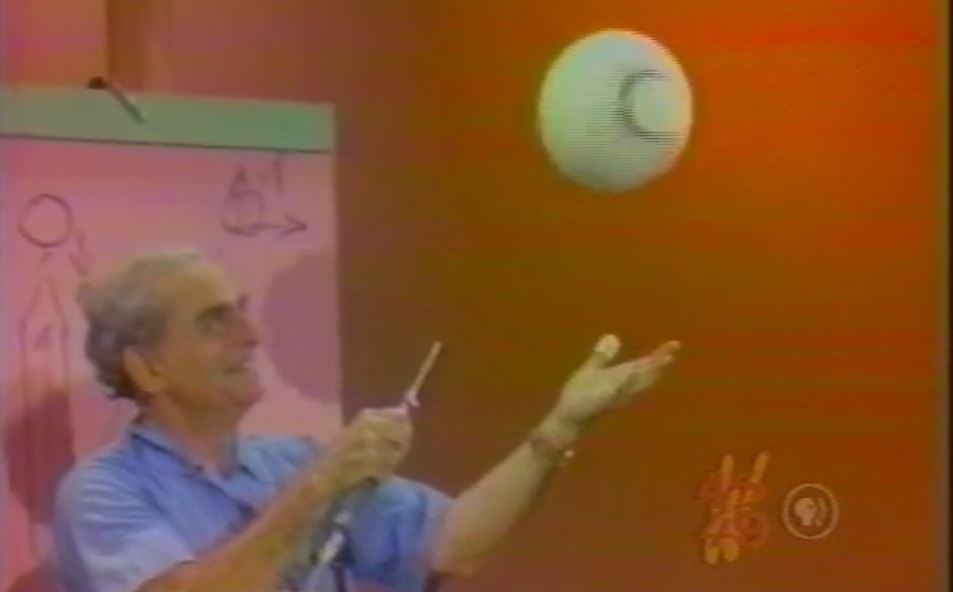
While working out, my brother and I were chatting about goals for 2025. These aren’t New Year’s resolutions that are vague and optimistic, but actionable tasks that are specific, measurable and recorded. It’s the difference between “start working out” and “go to the gym twice per week”.
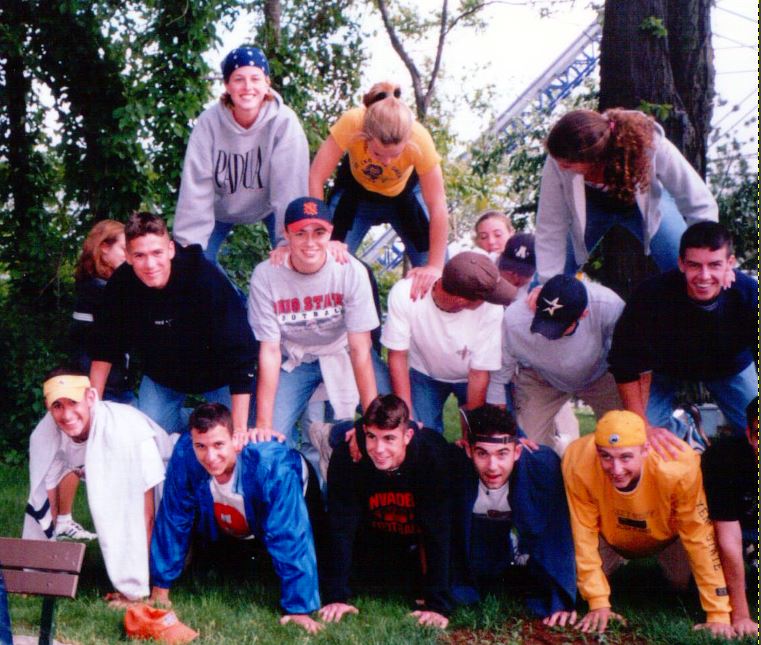
I’ve been scanning and organizing old photos.
This is from Physics Day at Cedar Point in 2001. Johnny is the student in the center of the bottom row. He was a super kid because he was smart, athletic, had a sense of humor, was polite, mature, good-looking and helpful. Physics came easy to him, but he didn’t brag or show off. I’d call on him when other students were stumped.
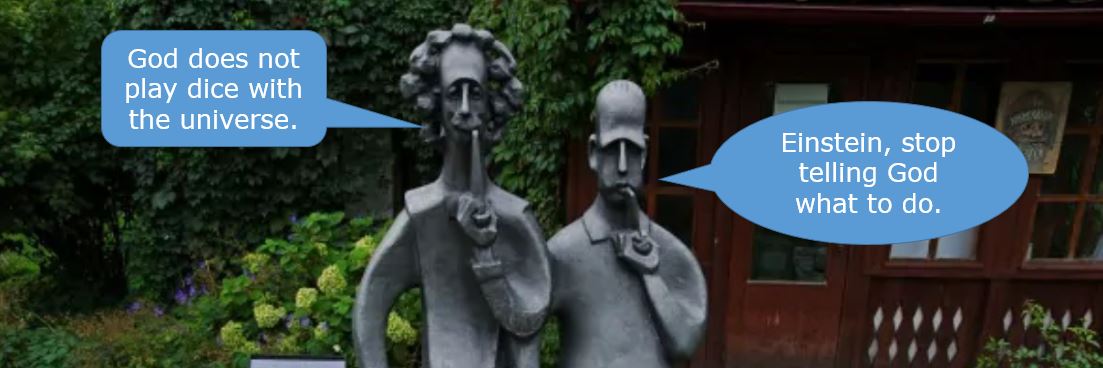
The 20th Century was the Century of Physics. In 1905, Einstein published his “Special Theory of Relativity”, and up to about World War 2, modern physics was established. Very little of modern physics corresponds with what we experience in daily life, but it’s been experimentally verified and is used in current technology.
Physicists like Albert Einstein, Niels Bohr, Werner Heisenberg, Max Planck, and others debated the new theories, and tried to make some sense of the universe.
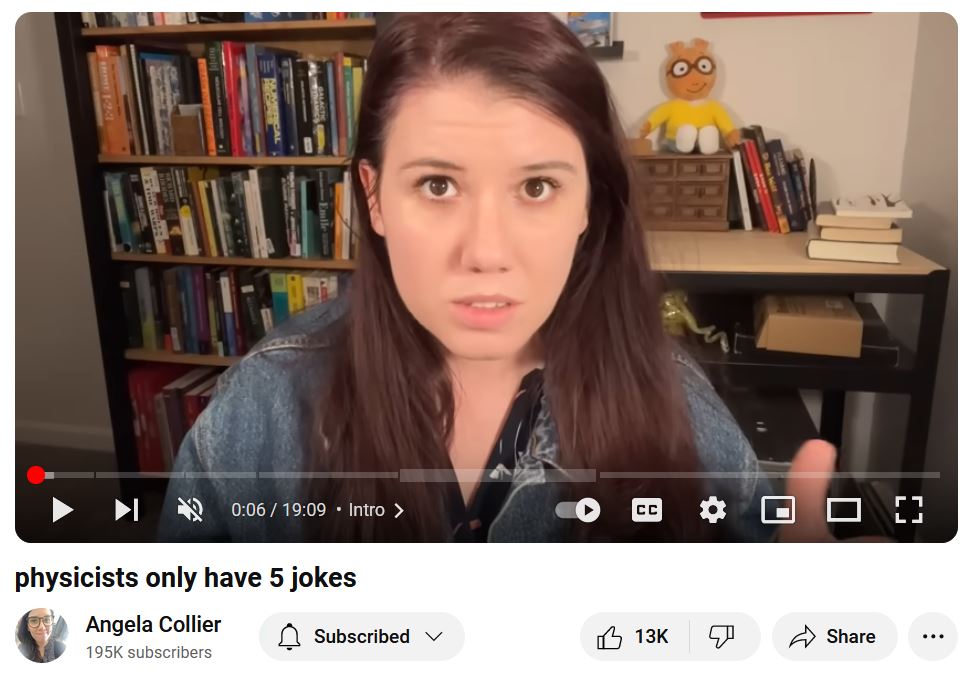
Youtube presented me with this video explaining that physicists have only 5 jokes. Angela Collier’s Youtube page says that she is a physicist and I could see that she is cute, so right up my alley.
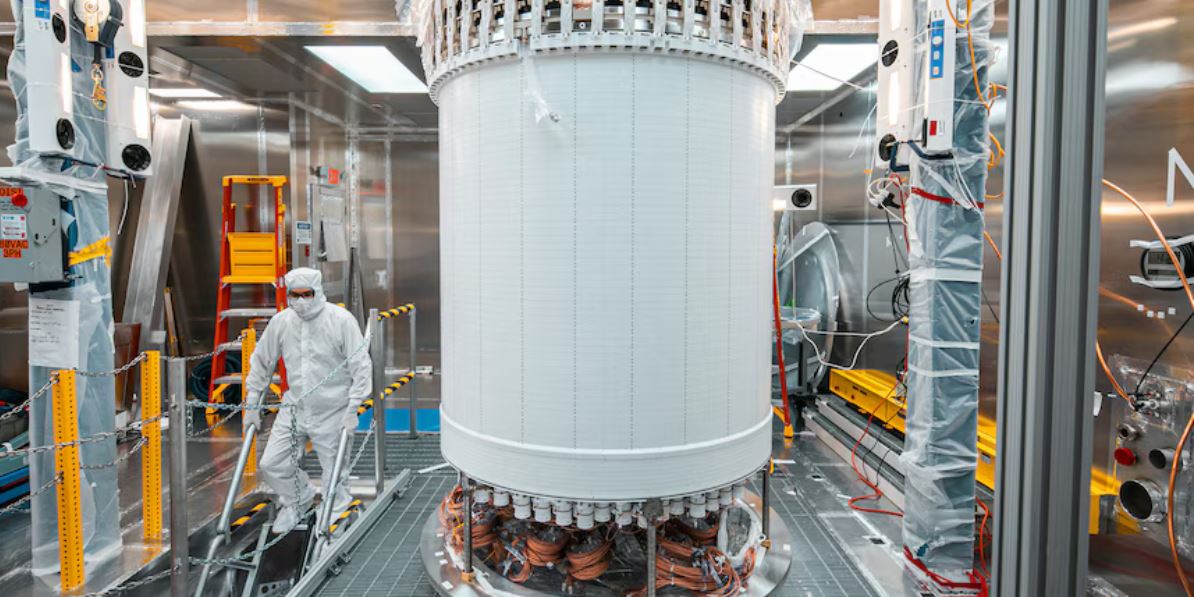
Dark matter detector doesn’t find dark matter.
In a cavern, mile below the surface of South Dakota, is the world’s most sensitive dark matter detector. They haven’t detected any dark matter
